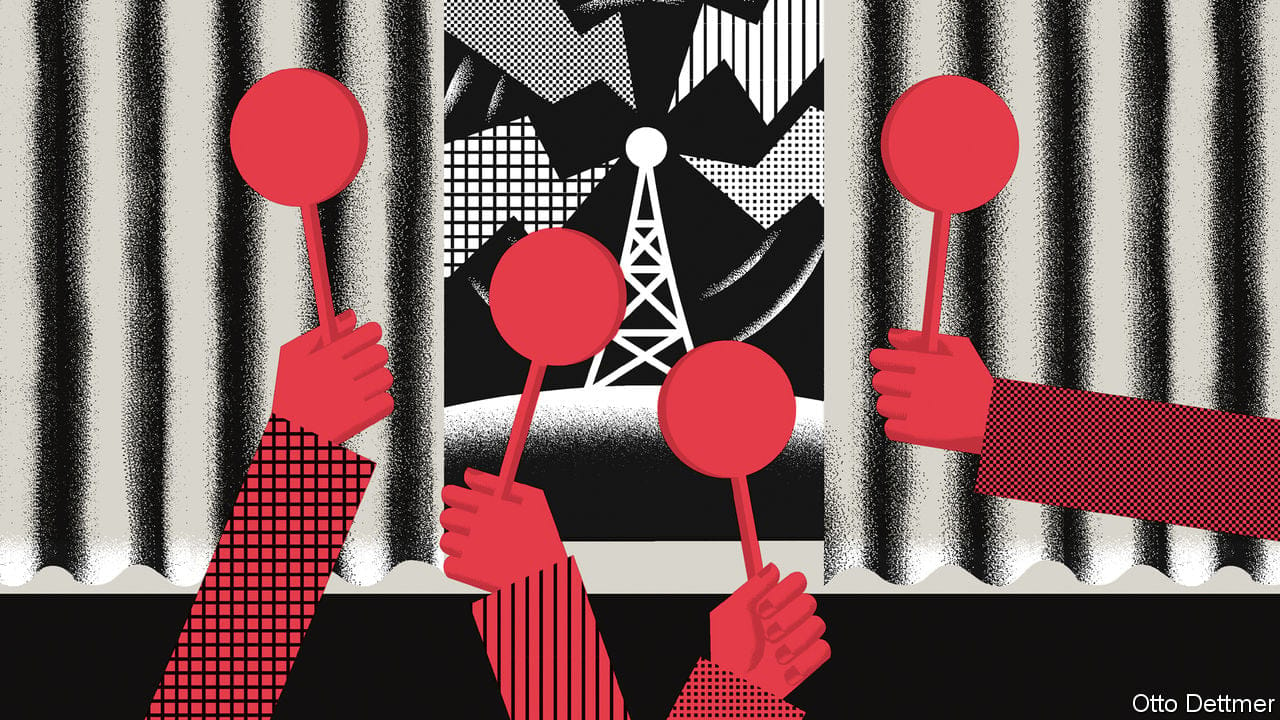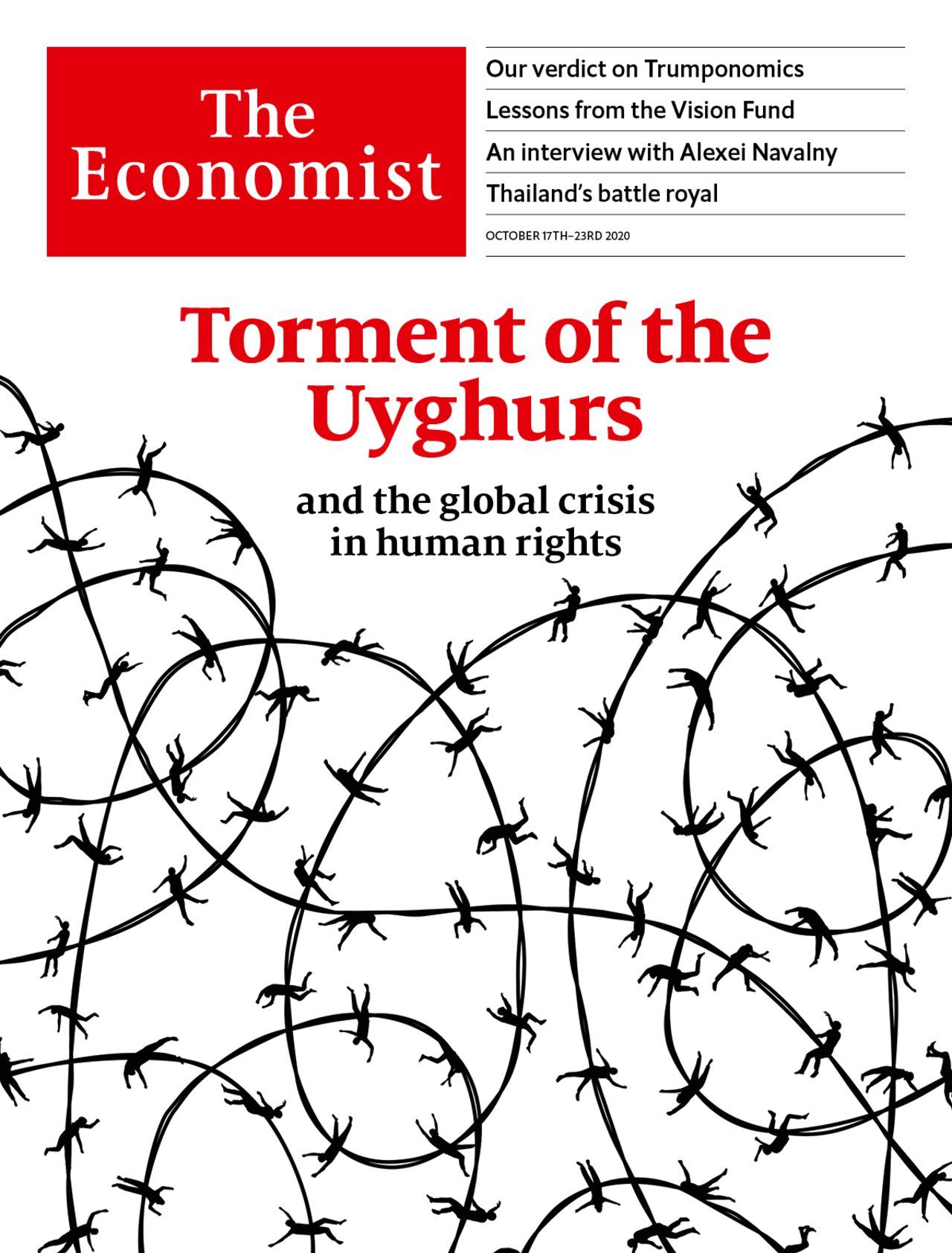The Nobel prize in economics rewards advances in auction theory
For the third time since 2007, it goes to designers of market mechanisms

IN 1991 ALVIN ROTH, who in 2012 would share the Nobel prize for economics, was asked how the discipline might change over the century to come. “In the long term”, he wrote, “the real test of our success will be not merely how well we understand the general principles which govern economic interactions, but how well we can bring this knowledge to bear on practical questions of microeconomic engineering.” Sweden’s Royal Academy of Science seems to agree. On October 12th it gave this year’s Nobel prize to Paul Milgrom and Robert Wilson, both of Stanford University, for their work on auction theory and design. Their work epitomises economics as engineering.
This article appeared in the Finance & economics section of the print edition under the headline “Winning bids”
Finance & economics October 17th 2020
- The Nobel prize in economics rewards advances in auction theory
- Can China’s reported growth be trusted?
- Wall Street says it is braced for losses. Now what?
- Low interest rates leave savers with few good options
- Why securing debt forgiveness for poor countries is so hard
- The IMF predicts that the world economy will suffer from “long covid”
- The tale of Iran’s stockmarket bubble is familiar—but also strange
More from Finance & economics

Europe’s economic growth is extremely fragile
Risk is concentrated in one country: Germany

How vulnerable is Israel to sanctions?
So far, measures have had little effect. That could change

Why companies get inflation wrong
Bosses should pay less attention to the media
What is behind China’s perplexing bond-market intervention?
The central bank seems to think the government’s debt is too popular
How to invest in chaotic markets
Contrary to popular wisdom, even retail investors should pay attention to volatility
Vladimir Putin spends big—and sends Russia’s economy soaring
How long can the party last?
